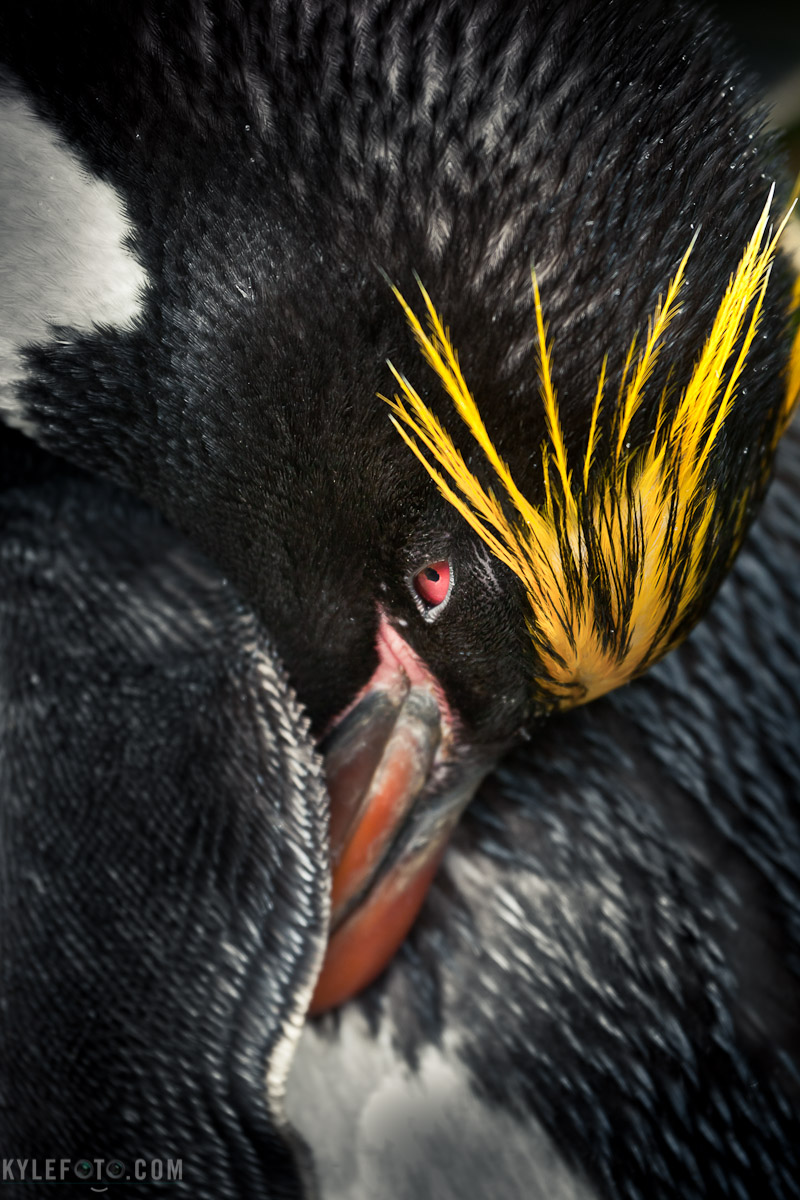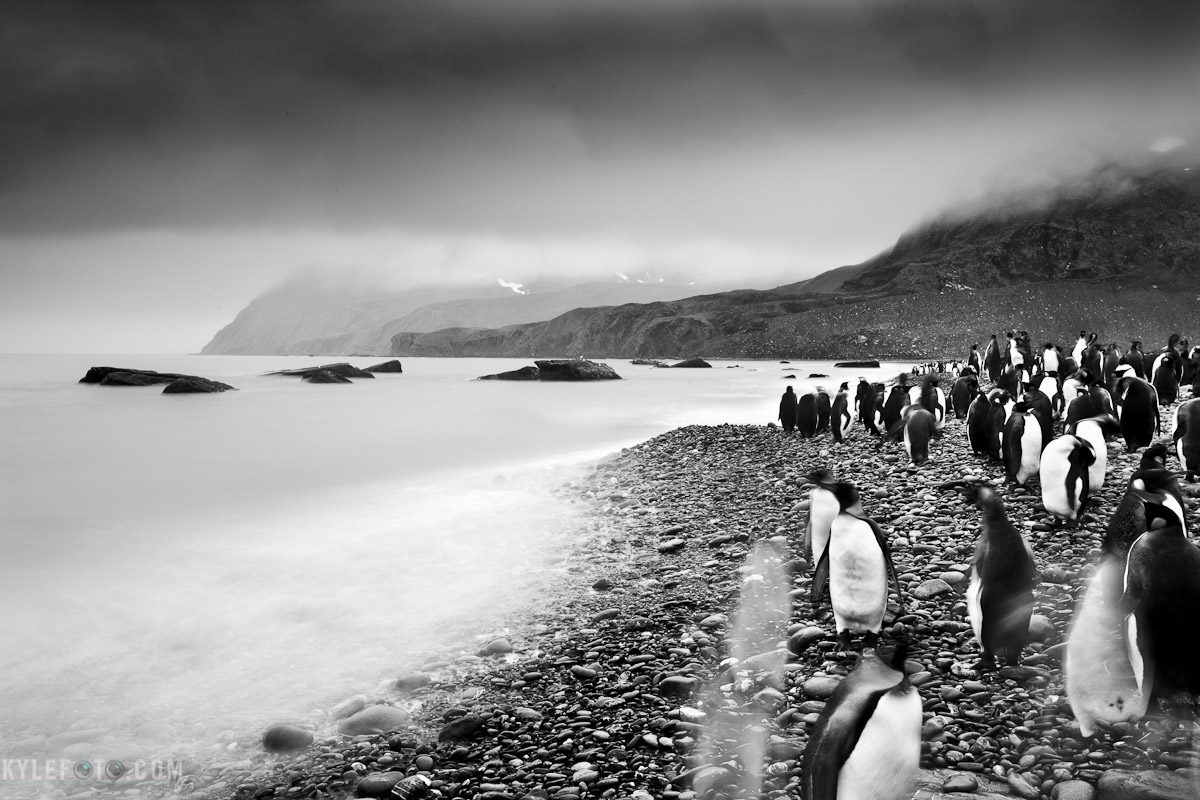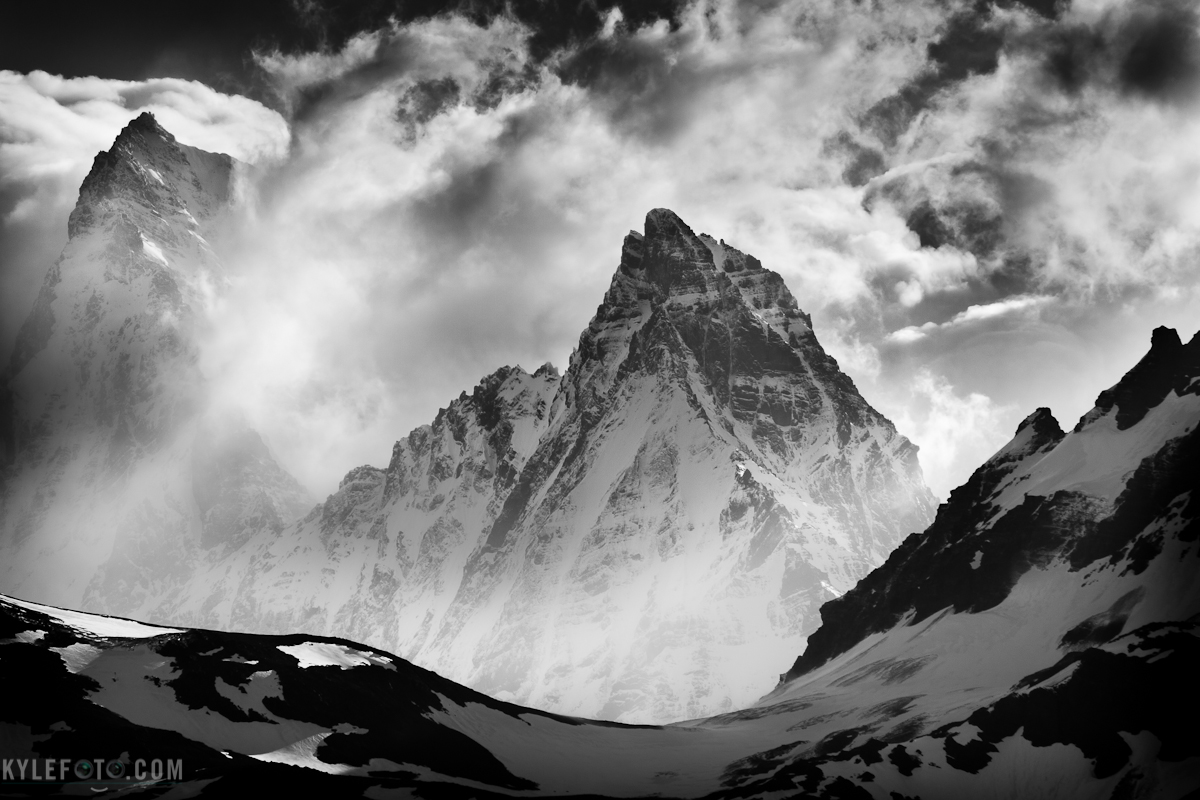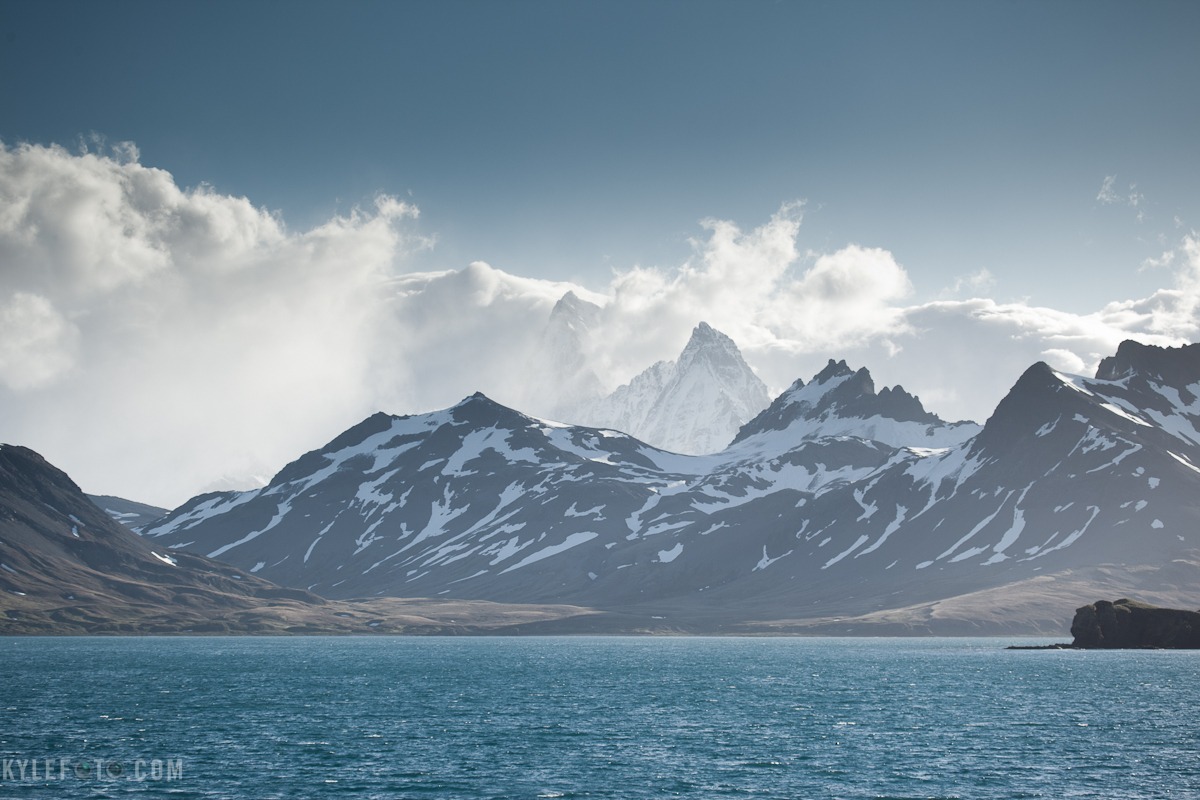South Georgia, Antarctica Macaroni: A term used in the mid 18th century to describe an unusually fashionable man who cared very much about his appearance with a flamboyant flair. Previous terms such as fashion-monger, ninny and fop were also used for someone overly concerned about their clothing. The Macaroni fashion was a precursor to the “dandies” which were the early 19th century metrosexuals.
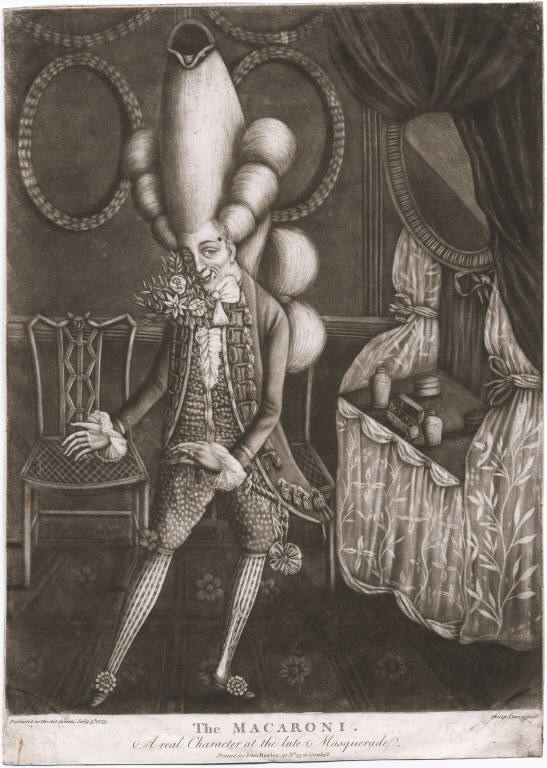
Hence once the unusually vibrant crest of the Macaroni penguin was first observed they were given this name. These penguins were sitting on their nest, carefully keeping an eye on us while they tucked their necks in to conserve warmth and rest. Macaroni penguins lay two eggs during the mating season but often toss the first one out to make way for the second. The mother and father will share their responsibility over the egg as it incubates for a month, and raises the chick over another month. In this time the parents may fast for up to 42 days losing 40% of their body weight. Talk about dedicated parents.
Photographic details: I had to be very careful approaching these penguins. Believe it or not there is tall tussok grass growing here, it’s easy to accidentally step on a macaroni nest in a place like this. As we crouched down to their level this guy would keep an eye on me but that was the greatest reaction this bird would give me, and I respected their space as I waited for them to take a brief glance at me. After spending time with these fastidious penguins, I realize they only live up to their namesake in appearance. Canon 5DMarkII ISO400, 400mm, f7,1 1/320sec


